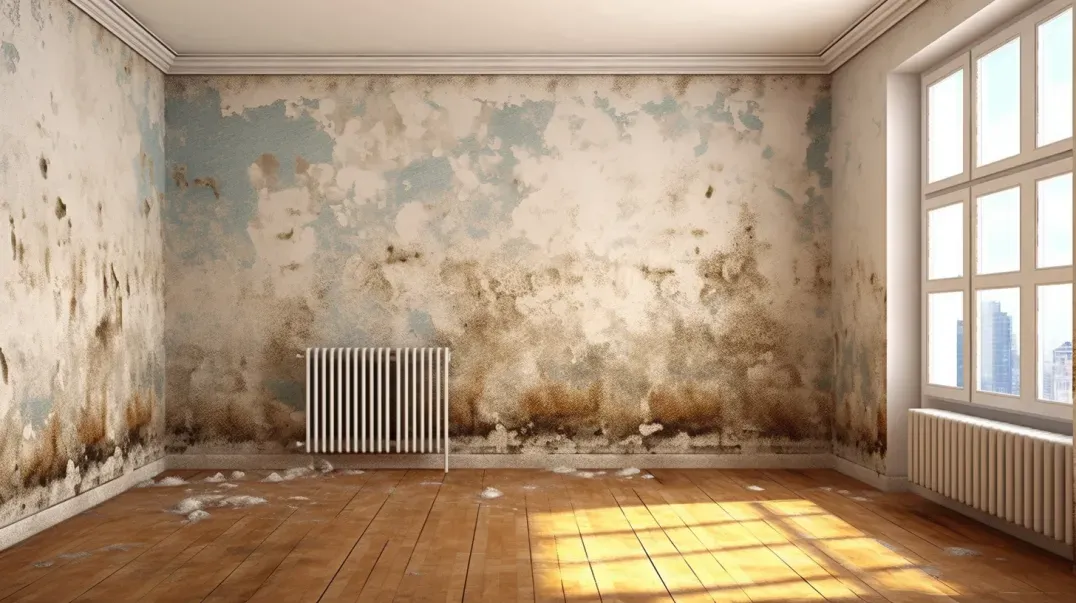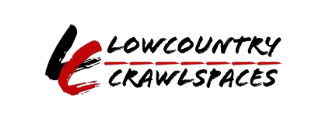Steps to Take When You First Detect Mold in Your Home
Mold: an unassuming intruder that can stealthily compromise both the structural integrity of our homes and our personal health. This blog dives into the critical practice of mold detection, offering a comprehensive guide to identifying mold before it becomes a larger issue. Each section of this blog is designed like a detailed annotation of a complex subject, enhancing your understanding and ability to act effectively.
Despite its common occurrence, mold is not always evident until significant damage occurs or health symptoms manifest. Therefore, recognizing the early signs of mold and understanding where it is most likely to develop are crucial steps in maintaining a safe and healthy living environment. This blog will outline the tools, techniques, and tell-tale signs that every homeowner should be aware of to combat mold proactively.
We’ll explore the various common and not-so-obvious habitats of mold in homes, from the obvious moisture-rich bathrooms and kitchens to the less visible backings of drywall and paneled ceilings. By annotating the conditions that favor mold growth with actionable prevention strategies, this guide aims to empower you with the knowledge to not only detect mold but also take swift action to prevent its spread.
Emphasizing quick and effective action, we underscore the importance of addressing mold issues immediately to avoid the escalation of health risks such as allergies and respiratory problems, and to circumvent extensive and costly damage to your home. Through expert insights and annotated advice, you will learn how to maintain a mold-free environment, ensuring your home remains a safe haven for you and your family.
Initial Steps Upon Detecting Mold
Detecting mold in your home can be unsettling. Knowing the initial steps to confirm and assess mold presence is crucial for effective management and ensures that further damage to your health and home is prevented. This section of the blog provides an annotated guide to help you navigate these first crucial steps efficiently.
Confirm the Presence of Mold
Tips for Distinguishing Mold from Other Stains:
Mold can often be confused with other stains like mildew, which also thrives in damp environments. Mold typically appears as a patch that could be green, black, brown, or yellow and often has a fuzzy texture, whereas mildew usually looks powdery and white or gray. Annotations will include close-up images and descriptions to help you identify mold accurately in your home.
When to Use DIY Testing Kits:
DIY mold testing kits can be a first step to confirm the presence of mold. However, these kits have limitations, including the potential for inaccurate readings and a lack of information on the mold’s hazardousness. Annotated notes will explain when a DIY kit is useful and outline its limitations, helping you decide when it's appropriate to rely on professional testing for more accurate and comprehensive results.
Assess the Extent of Mold Growth
How to Safely Assess the Size and Spread of Mold:
Determining the extent of mold growth is vital for deciding on the next steps. To assess safely, avoid disturbing the area to prevent spores from becoming airborne. Use a flashlight and a mirror to inspect hard-to-reach places. Annotations will provide tips on protective gear to wear during assessment and techniques for minimizing disturbance of the mold.
Guidelines on When to Call Professionals:
If the affected area is larger than 10 square feet, it's generally advised to call professional mold remediation services. This guideline helps ensure that large-scale mold issues are handled safely and effectively, considering the potential health risks and the complexity of complete mold removal. Annotations will detail how to gauge the size of a mold patch and will list signs that indicate a severe mold problem, such as mold in HVAC systems or extensive water damage, which also require professional intervention.
Safety Measures for Handling Mold
When dealing with mold in your home, taking the right safety precautions is crucial to prevent health risks and further spread of mold spores. This section of our blog provides an annotated guide to personal protection and securing the affected area, enhancing your understanding and ability to safely manage mold situations.
Personal Protection
Recommended Protective Gear for Handling Mold:
Handling mold safely requires appropriate protective gear to prevent inhalation and contact with mold spores. Recommended gear includes:
- Gloves: Nitrile, rubber, or neoprene gloves to avoid direct contact with mold.
- Masks: An N-95 respirator or better is essential for filtering out mold spores. For extensive mold remediation, a half-face or full-face respirator may be more appropriate.
- Goggles: To protect your eyes from spores, especially in dusty areas or during activities like scrubbing or demolition.
Annotations will include links to resources where you can purchase these items and visual aids showing the proper use of each piece of safety gear.
Importance of Ensuring Good Ventilation:
Good ventilation is crucial when inspecting and cleaning mold-infested areas. It helps disperse any airborne spores that get disturbed during the process. Open windows and use fans to exhaust air outwards rather than spreading it to other parts of the home. Annotated tips will provide strategies for maximizing airflow and minimizing spore dispersal during mold removal tasks.
Securing the Area
Steps to Contain the Affected Area:
To prevent mold spores from spreading to uncontaminated parts of your home, it's important to contain the affected area. This can be done by:
- Sealing doors and vents: Use plastic sheeting and duct tape to seal off openings.
- Covering furniture and vents: Prevent spores from settling in fabrics or air systems.
Annotations will explain the techniques in detail, including how to effectively seal a room and precautions to keep other areas safe.
Advice on Using Air Purifiers with HEPA Filters:
Using air purifiers equipped with HEPA filters can capture airborne mold spores during and after the remediation process. This is particularly useful in preventing the spread of spores to other areas of the house. Annotated advice will detail how HEPA filters work, the best practices for their placement, and maintenance tips to ensure effectiveness.
Cleaning Small Areas of Mold
Addressing small areas of mold promptly can prevent larger infestations and mitigate health risks. This blog section offers comprehensive guidelines for cleaning mold from various surfaces, emphasizing safe and effective methods. Each step and recommendation is annotated to enhance understanding and ensure thorough and safe mold removal practices.
Cleaning Techniques for Non-Porous Surfaces
Instructions for Cleaning Mold from Hard Surfaces Using Water and Detergent:
For non-porous surfaces like tiles, glass, and metals, mold can be effectively cleaned using a simple solution of water and detergent. The steps include:
- Preparing the Solution: Mix a mild detergent with warm water.
- Scrubbing the Mold: Use a stiff brush to scrub the mold off the hard surfaces.
- Rinsing and Drying: Thoroughly rinse the cleaned area with clean water and dry completely to prevent mold recurrence.
Annotations will explain why thorough drying is crucial and how residual moisture can lead to further mold growth.
Recommendations for Antifungal Agents Safe for Home Use:
For tougher mold stains or to disinfect areas after cleaning, the use of antifungal agents such as hydrogen peroxide, vinegar, or baking soda can be effective. Each agent has its own benefits:
- Hydrogen Peroxide: Effective for killing mold spores due to its antifungal and antibacterial properties.
- Vinegar: A mild acid that can kill 82% of mold species.
- Baking Soda: Used to both clean and deodorize moldy areas and helps to prevent future mold growth.
Annotations will include safety tips for using these agents and recipes for creating effective cleaning solutions.
Handling Porous Materials
Guidelines on When Porous Materials Should be Discarded:
Porous materials such as drywall, carpets, and ceiling tiles can absorb mold deeply, making complete removal challenging. These items should generally be discarded if:
- Extensive Mold Growth: If mold covers a large area or deep penetration is evident.
- Long-Term Moisture Exposure: Materials that have been wet for over 48 hours are likely to harbor mold and bacteria growth.
Annotations will provide insights into identifying salvageable items and the risks of keeping heavily infested materials.
Best Practices for Removing and Disposing of Mold-Infested Items Safely:
Removing and disposing of mold-infested porous materials requires careful handling to prevent contaminating other areas of your home:
- Seal the Materials: Wrap mold-infested items in plastic bags or sheets to contain spores.
- Transport Safely: Avoid dragging the bags through clean areas. Take the shortest route out of your home.
- Proper Disposal: Dispose of the materials according to local regulations regarding mold disposal.
Annotations will offer detailed tips on safe removal techniques and links to local disposal regulations to ensure compliance and safety.
Addressing the Underlying Cause
Understanding and addressing the root causes of mold is essential to effectively managing and preventing it. This part of the blog delves into common moisture sources and long-term strategies for maintaining a mold-resistant environment. Each point is annotated to enhance understanding and provide actionable advice.
Identifying Moisture Sources
How to Identify Common Moisture Sources Contributing to Mold Growth:
Mold growth is often spurred by excess moisture, which can come from various sources within the home. Key areas to check include:
- Leaks: Inspect pipes, roofing, and windows for signs of leaks.
- Condensation: Look for condensation on windows, pipes, or walls, which can indicate high humidity levels.
- Inadequate Ventilation: Notice if some areas of your home feel stuffy or smell musty, suggesting poor air circulation.
Annotations will provide tips on how to conduct these inspections and what signs to look for that indicate problematic moisture levels.
Tips for DIY Fixes for Minor Moisture Problems:
Addressing minor moisture issues can often be a DIY project, such as:
- Re-caulking Around Windows: Apply new caulk to seal any gaps where moisture might enter.
- Adjusting Humidity Levels: Use dehumidifiers or air conditioners to maintain indoor humidity at recommended levels (30-50%).
Annotations will include step-by-step guides for these fixes and recommendations for tools and materials needed to complete them effectively.
Long-Term Moisture Control
Strategies for Maintaining Optimal Indoor Humidity and Ventilation:
Keeping your home dry and well-ventilated is crucial for preventing mold. Strategies include:
- Regular Use of Vents: Utilize kitchen and bathroom vents to remove excess moisture from cooking and showering.
- Proper Use of Dehumidifiers: Place dehumidifiers in high-humidity areas like basements during damp seasons.
Annotations will explain how these methods work and the best practices for their use, including maintenance tips to keep equipment running efficiently.
Recommendations for Professional Waterproofing or Drainage Solutions:
In cases where moisture issues are extensive or structural, professional solutions may be necessary:
- Waterproofing: Consider professional waterproofing for basements or crawl spaces prone to dampness.
- Drainage Solutions: Installing French drains or adjusting gutter systems can be crucial in redirecting water away from the foundation.
Annotations will detail when to seek professional help, what to expect from these services, and how to choose a reliable contractor.
When to Hire a Mold Remediation Professional
Mold problems can range from minor to severe, and understanding when to call in a professional can save both time and money, while also protecting your health. This section of the blog uses annotations to offer a detailed guide on evaluating the need for professional mold remediation and what homeowners should expect from the process.
Evaluating the Need for Professional Help
Criteria for Hiring a Mold Remediation Expert:
Deciding whether to hire a professional depends on several factors:
- Size of the Mold Area: Generally, if the mold covers an area larger than 10 square feet, professional help is recommended.
- HVAC Contamination: If mold is present in your heating, ventilation, and air conditioning systems, it can spread throughout your home, requiring professional cleaning.
- Contaminated Water: Mold that results from sewage or other contaminated water, known as "black water," poses serious health risks and requires professional remediation.
Annotations will link to additional resources on health risks associated with different types of mold and provide visuals to help homeowners gauge the extent of mold infestation.
How to Find and Select a Certified Mold Remediation Professional:
Choosing the right professional is crucial for effective mold remediation:
- Certifications: Look for professionals certified by reputable organizations such as the Institute of Inspection, Cleaning and Restoration Certification (IICRC).
- Experience and Reviews: Check for experience handling mold remediation and read customer reviews.
- Estimates and Assessments: Professional remediation companies should offer a free assessment and provide a clear, detailed estimate.
Annotations will include tips on interpreting credentials and estimates, and links to certification bodies where homeowners can verify a professional's qualifications.
What to Expect from Professional Mold Remediation
Overview of the Mold Remediation Process:
Understanding the remediation process can help homeowners know what to expect:
- Containment: To prevent the spread of mold, the affected area will be sealed off using plastic sheeting.
- Air Filtration: HEPA filters will be used to clean the air of mold spores.
- Removing Mold-Infested Materials: Porous materials that cannot be cleaned (like drywall and insulation) will be removed and disposed of safely.
- Cleaning and Disinfection: Non-porous surfaces will be cleaned using antimicrobial agents.
- Restoration: Removed materials will be replaced or restored.
Annotations will detail each step, explaining the reasons behind them and the technology used, such as the specifics of HEPA filtration and the types of antimicrobial agents typically employed.
Key Questions to Ask Your Mold Removal Service Provider:
Being informed is critical when working with any contractor. Key questions include:
- What steps will be included in the process?
- How do you ensure the mold won't return?
- Can you provide references from previous jobs?
- What guarantees do you offer on your work?
Annotations will suggest additional questions based on the scope of the project and provide a checklist that homeowners can use during consultations.
FAQs
Contact Lowcountry Crawlspaces Today!
Lowcountry Crawlspaces will do everything we can to ensure your experience with us is excellent.
Request A FREE Estimate
CHECKOUT RECENT POST
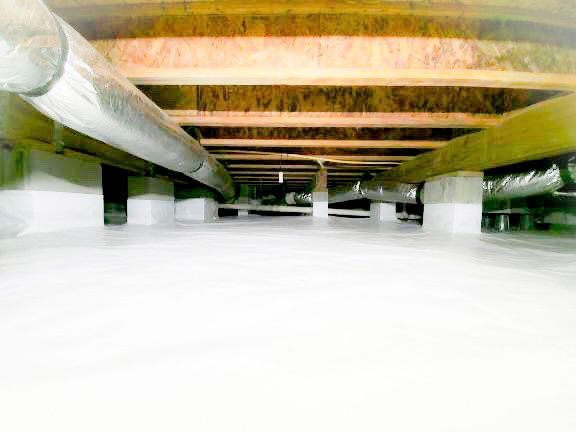
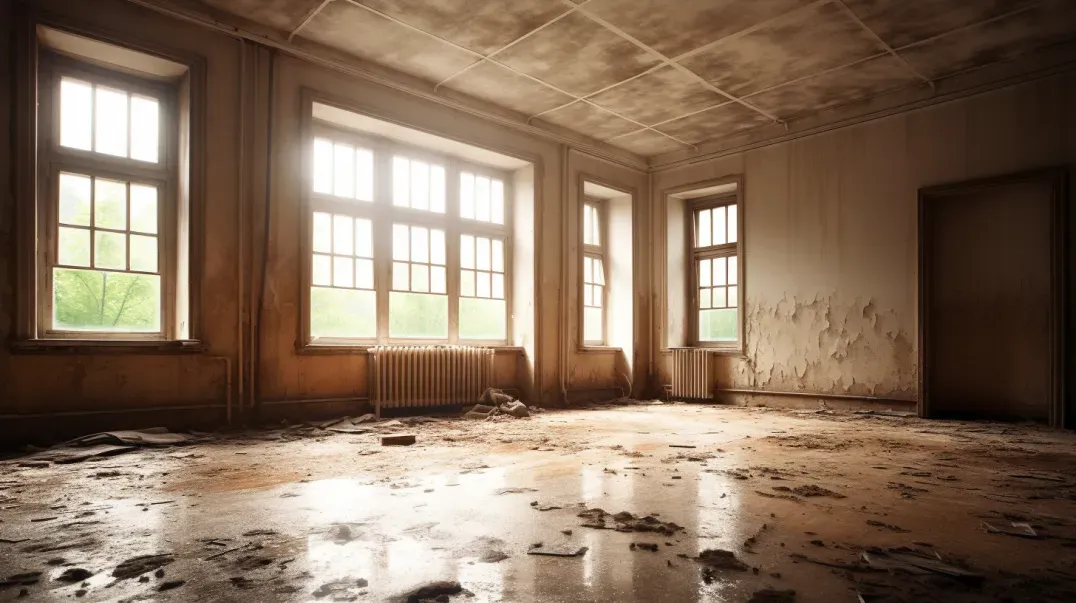
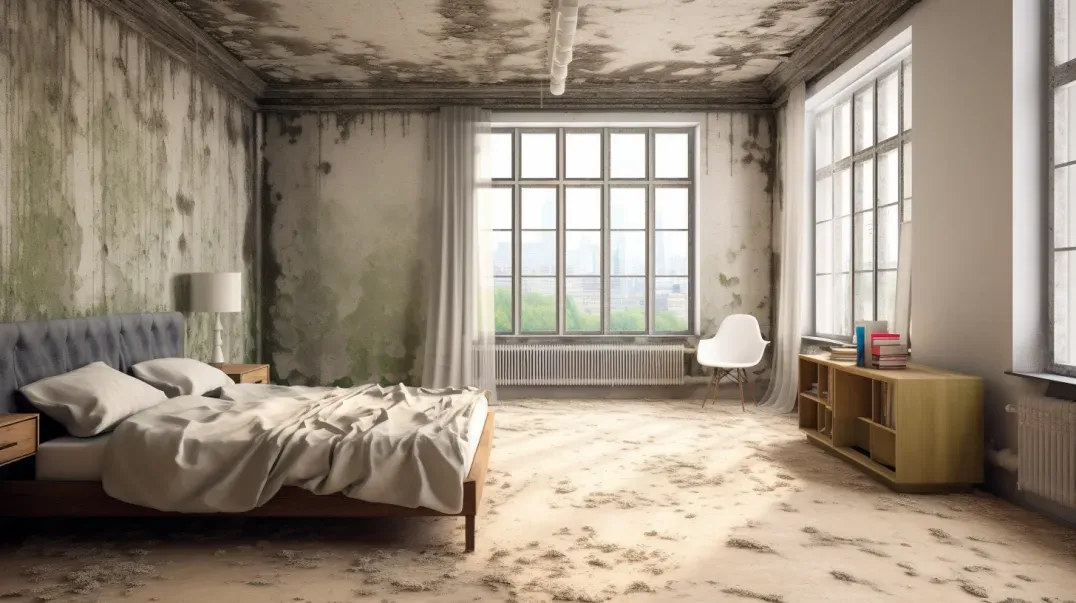
Schedule Your FREE Crawl Space Evaluation Today
There Is No Crawl Space Job We Can’t Fix!



